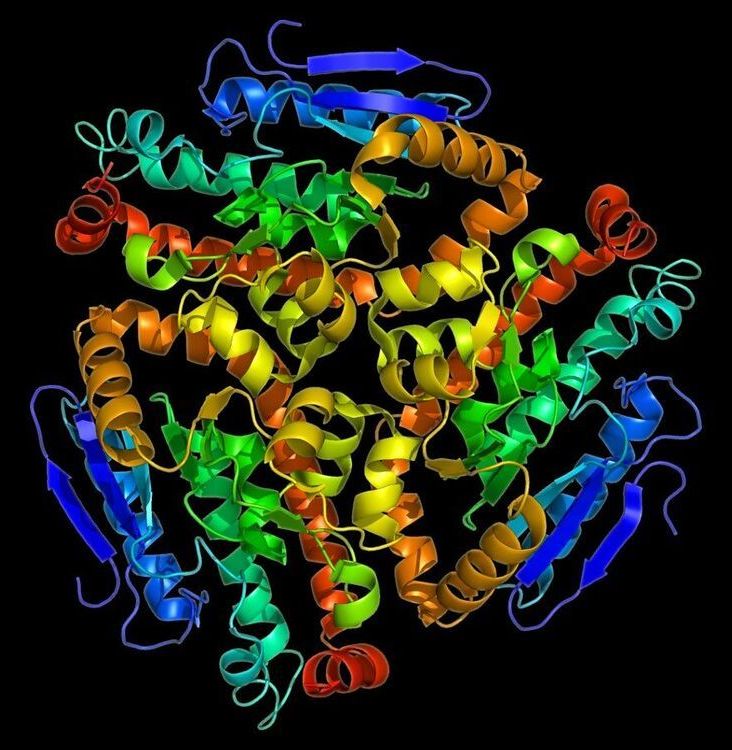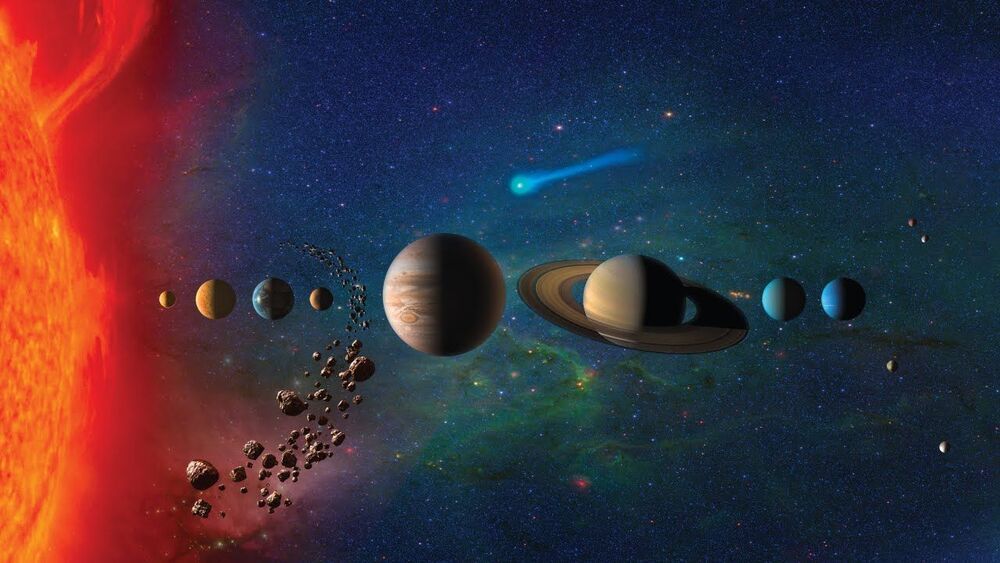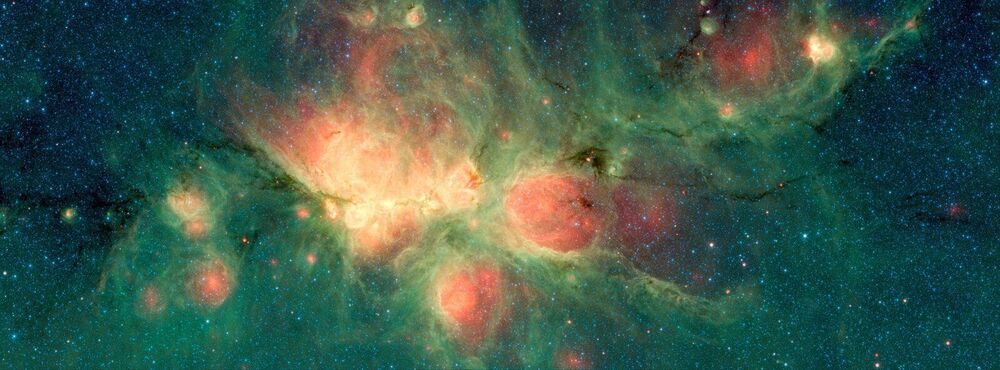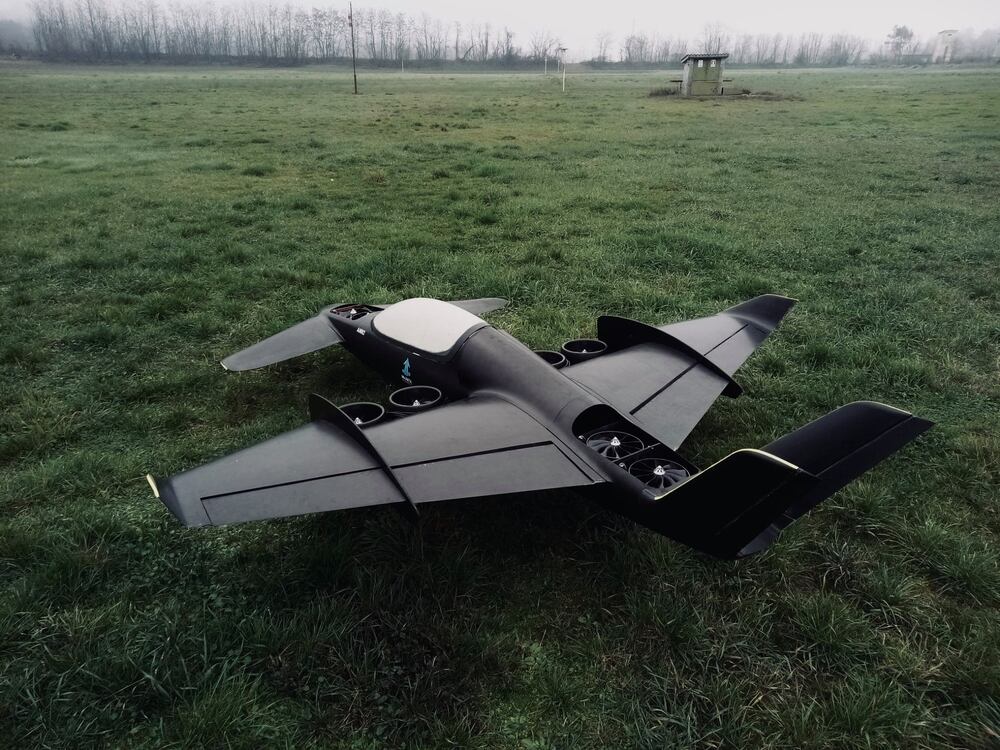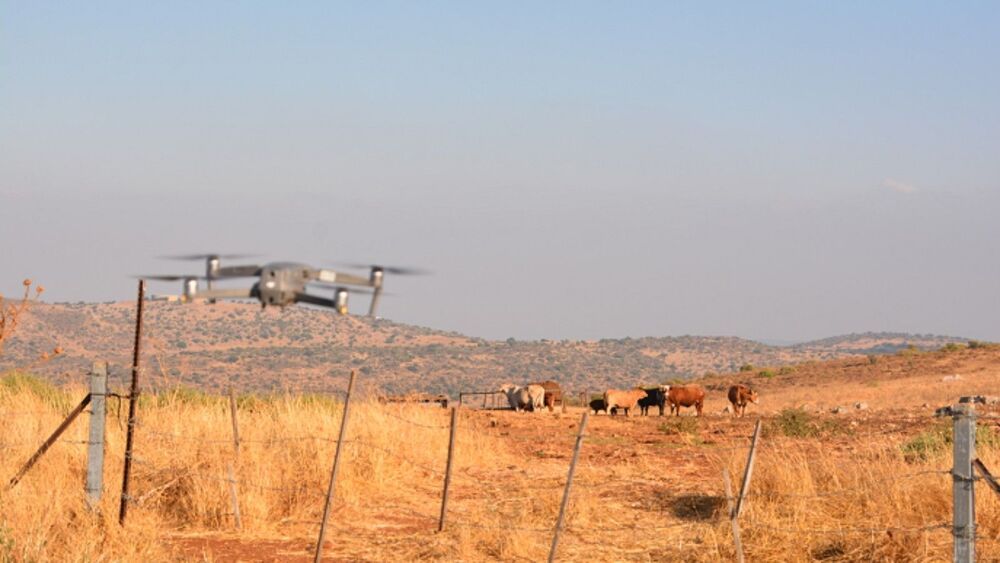With Starship SN8’s test flight still fresh in the memory, SN9 is set to complete an accelerated pad flow with a Static Fire test and launch this coming week. A triple Raptor Static Fire test is tracking early this week. Pending acceptable test results, the launch of SN9 could take place just a few days later.
Meanwhile, Starship SN10 is now an integrated stack inside the High Bay, ready to roll to the launch site as soon as SN9 departs. SN11 and SN12 are undergoing their own buildup operations inside the Mid Bay, with the former only lacking a nosecone.


